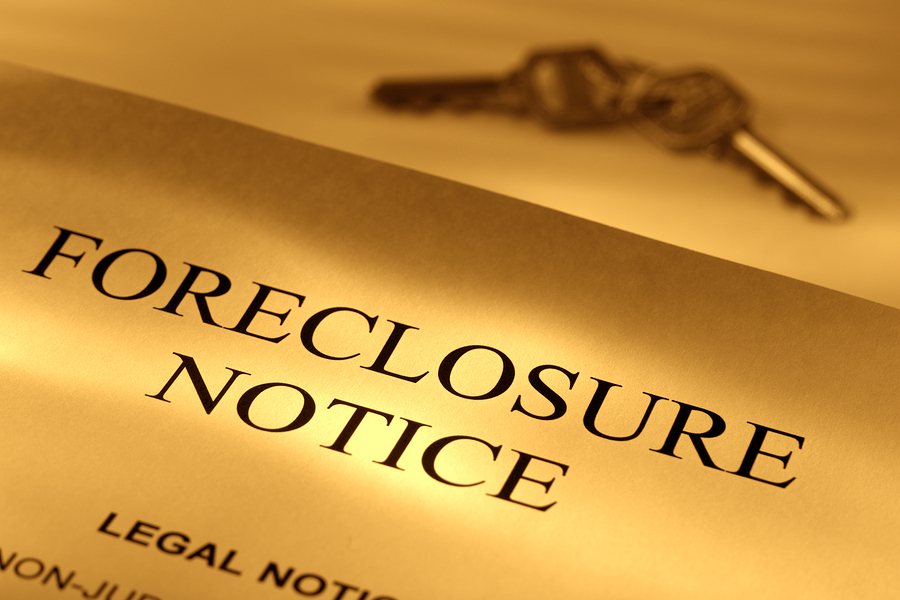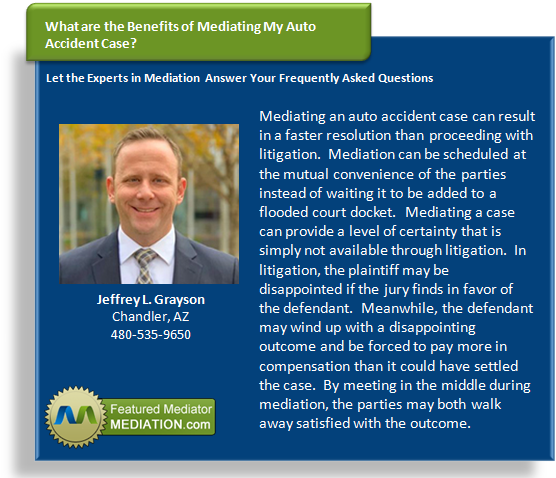Understanding the Commercial Foreclosure Process
 The commercial foreclosure process is very similar to a residential foreclosure. If the commercial borrower defaults on the loan, the lender may take steps to reclaim the property. Default is often triggered by non-payment, but it could also be due to some violation of the mortgage agreement such as failing to maintain insurance on the property or subleasing the property against the instructions on the mortgage documents. A foreclosure in the commercial setting may be conducted through the judicial or nonjudicial process.
The commercial foreclosure process is very similar to a residential foreclosure. If the commercial borrower defaults on the loan, the lender may take steps to reclaim the property. Default is often triggered by non-payment, but it could also be due to some violation of the mortgage agreement such as failing to maintain insurance on the property or subleasing the property against the instructions on the mortgage documents. A foreclosure in the commercial setting may be conducted through the judicial or nonjudicial process.
The nonjudicial process is sometimes used when the mortgage documents contain a provision permitting this act. A power of sale provision allows a trustee to sell the property without being supervised by the court. The borrower is entitled to notice of the sale and may have a certain amount of time to cure the default. In contrast, a judicial commercial foreclosure is handled through the court system and is initiated with a lawsuit against the borrower asking for the court to provide a foreclosure and order to sell the property. Each defendant is served with a copy of the complaint and must provide an answer to avoid a default judgment. If the borrower does not prevail in the action, the lender secures a judgment and order of sale and provides notice to the borrower of when the property will be sold.
The foreclosure process is often a long and expensive one, often resulting in net losses for all parties involved. The borrower loses the funds he or she invested in the property. The lender may receive less money for the sale of the property than the original note was for. Even if the lender can pursue a deficiency judgment against the borrower, the borrower may go bankrupt due to not having a business location to work out of. Arbitration and mediation options provide alternatives to the foreclosure process.









